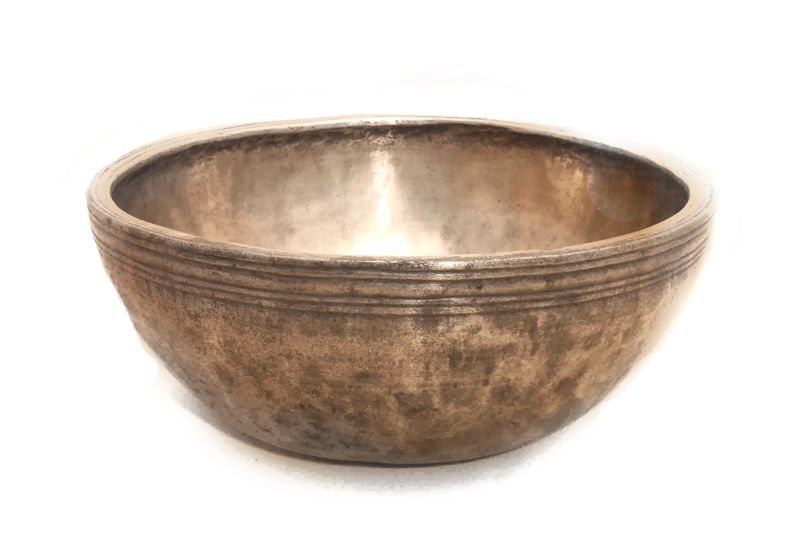Roots of Sound Healing: Tibetan Singing Bowl
The mystical journey of sound healing finds its roots in ancient practices, among which the use of Tibetan singing bowls stands out with a rich history dating back to ancient India. These bowls, initially serving as begging bowls for disciples and Arhats of a prior incarnation of Buddha known as Wasong, have transcended their humble beginnings. Revered for their spiritual significance, particularly at sites like Drepung Monastery, these bowls are believed to contain divine properties. The sound produced by these bowls is thought to reflect the karma of the player, with pure karma yielding a clear, resonant sound.
Only a few of these sacred bowls are known to exist, located in significant Tibetan monastic sites.
These sacred bowls are esteemed as potent spiritual instruments, capable of offering profound teachings and spiritual elevation to those attuned to their sounds, thus highlighting their central role in the practice of sound healing within Tibetan Buddhism.
Lamas emphasize the bowl’s sound as a medium for spiritual teachings, including the principles of emptiness and the Four Noble Truths, suggesting that the sound vibrations serve as a form of dharma transmission (teachings of the Buddha).

Drepung Monastery | Lhasa, Tibet

Antique Jambati Singing Bowl
The teaching method involving the singing bowl encourages deep meditation on its sound to understand the Buddhist concept of emptiness, signifying that all phenomena lack inherent existence. This practice is not only about the sound itself but also the philosophical and spiritual insights it provides, promoting a deeper reflection on reality and self.
An illustrative example of this is questioning where the sound of a singing bowl is located:
This inquiry serves as a practical exercise to contemplate emptiness and the nature of existence.
The concept of emptiness in Buddhism is nuanced and involves understanding that things do not possess inherent existence independently of other factors. The example of the sound of a singing bowl helps illuminate this idea.
When we question the origin of the sound—whether it’s from the bowl, the air, or our ears—we’re encouraged to see that the sound doesn’t exist independently but arises from the interplay of various conditions.
This exercise leads to a realization that phenomena are interdependent, challenging our usual perceptions of reality and existence, and guiding us towards a deeper understanding of emptiness.
Some researchers have identified nearly 50 types of ancient Himalayan singing bowls, but there are only seven or eight basic types, each with its own characteristic shape and sound. Additionally, there may be around seven lesser-known types with subtle variations in form. There is general consensus among experts regarding the naming and classification of the main bowl types, but little agreement on the classification of their less common variants. Some singing bowl authorities have assigned their own unique names to them, and while these may become widely accepted over time, the current situation is that another specialist might refer to the same bowl shape as something entirely different.
Well-known types of Tibetan singing bowls include:
1. Thadobati
2. Jambati
3. Naga
4. Mani
5. Ultabati
6. Manipuri
7. Lingam
8. Remuna


Leave a Reply